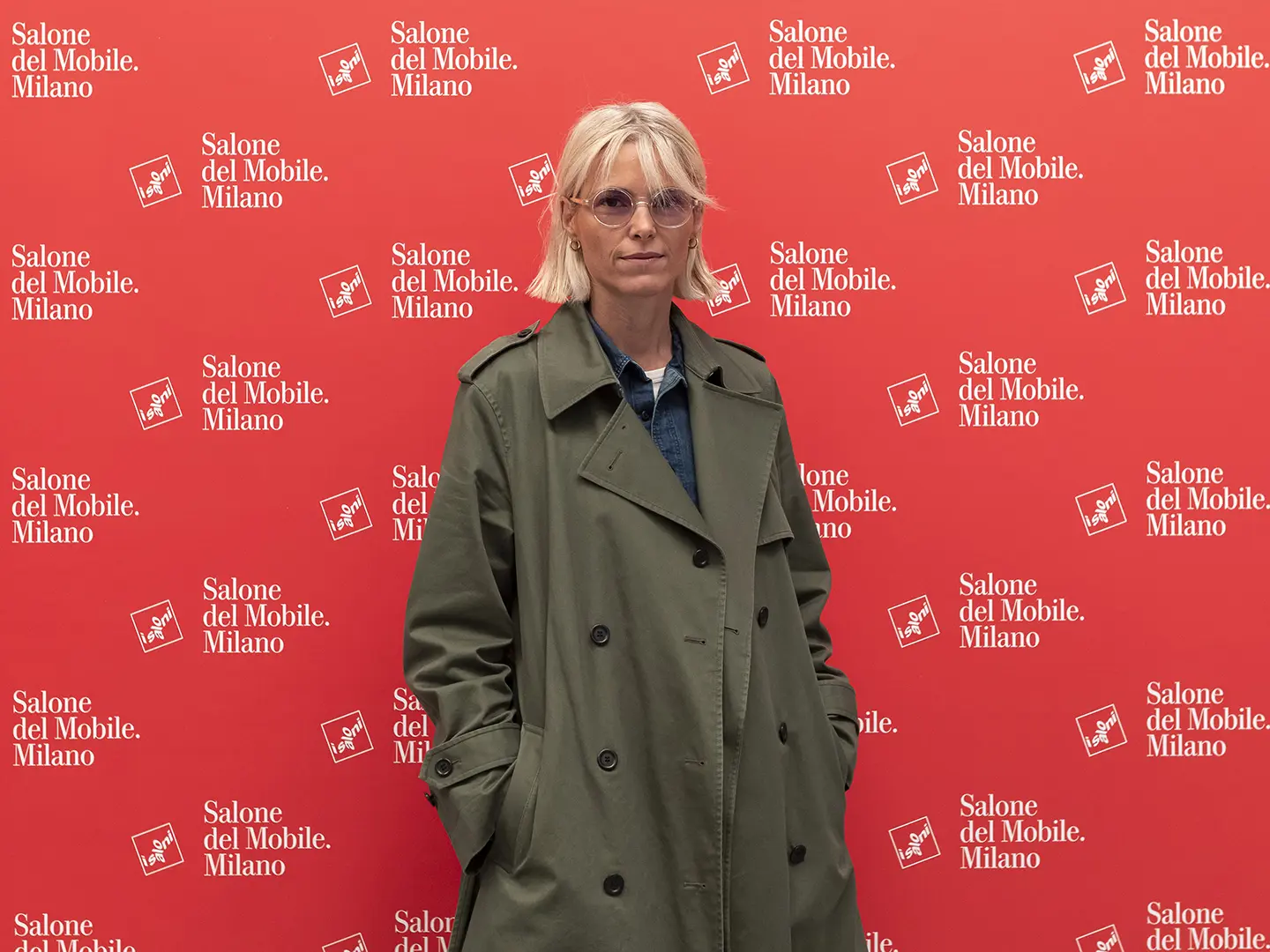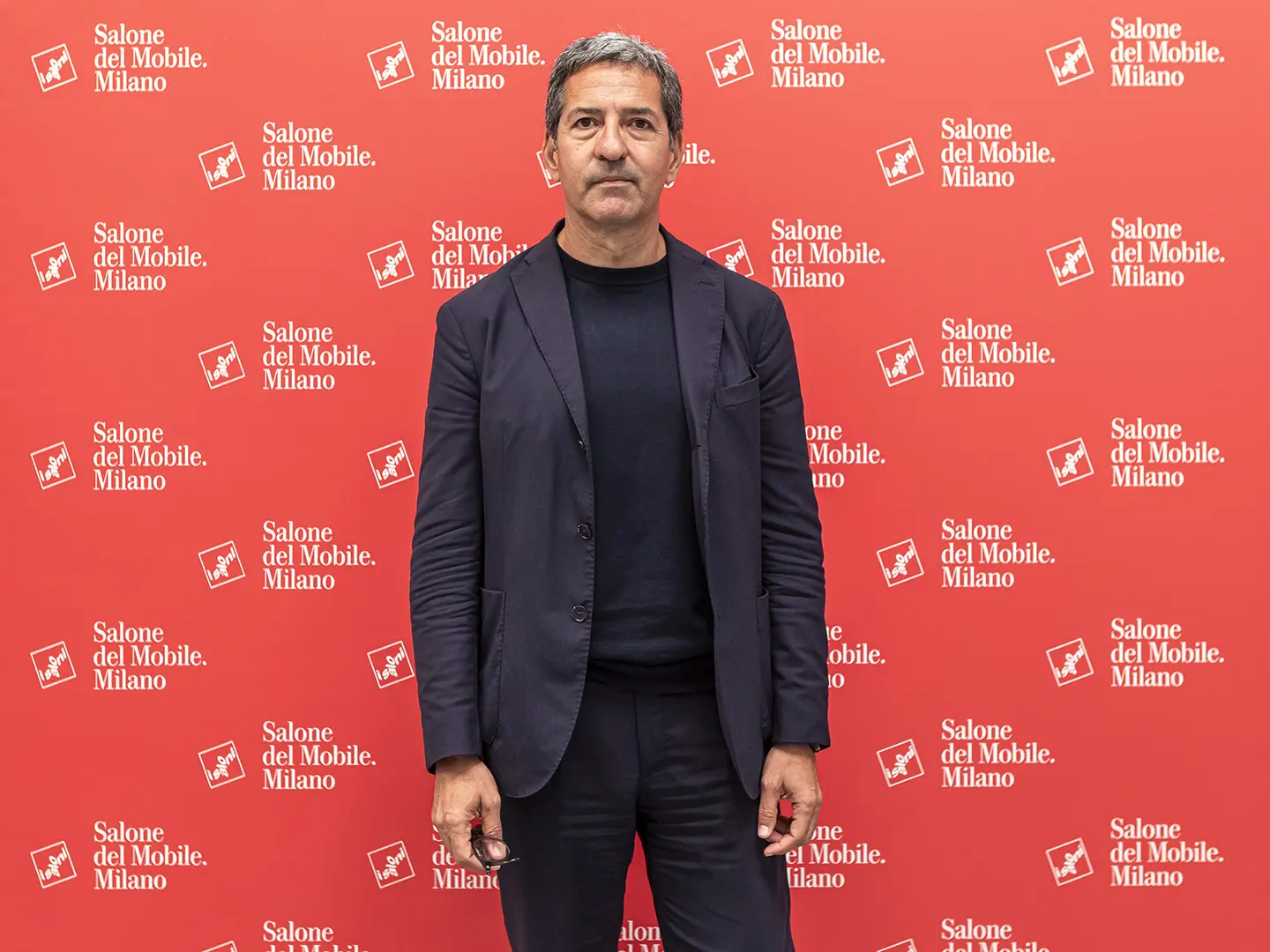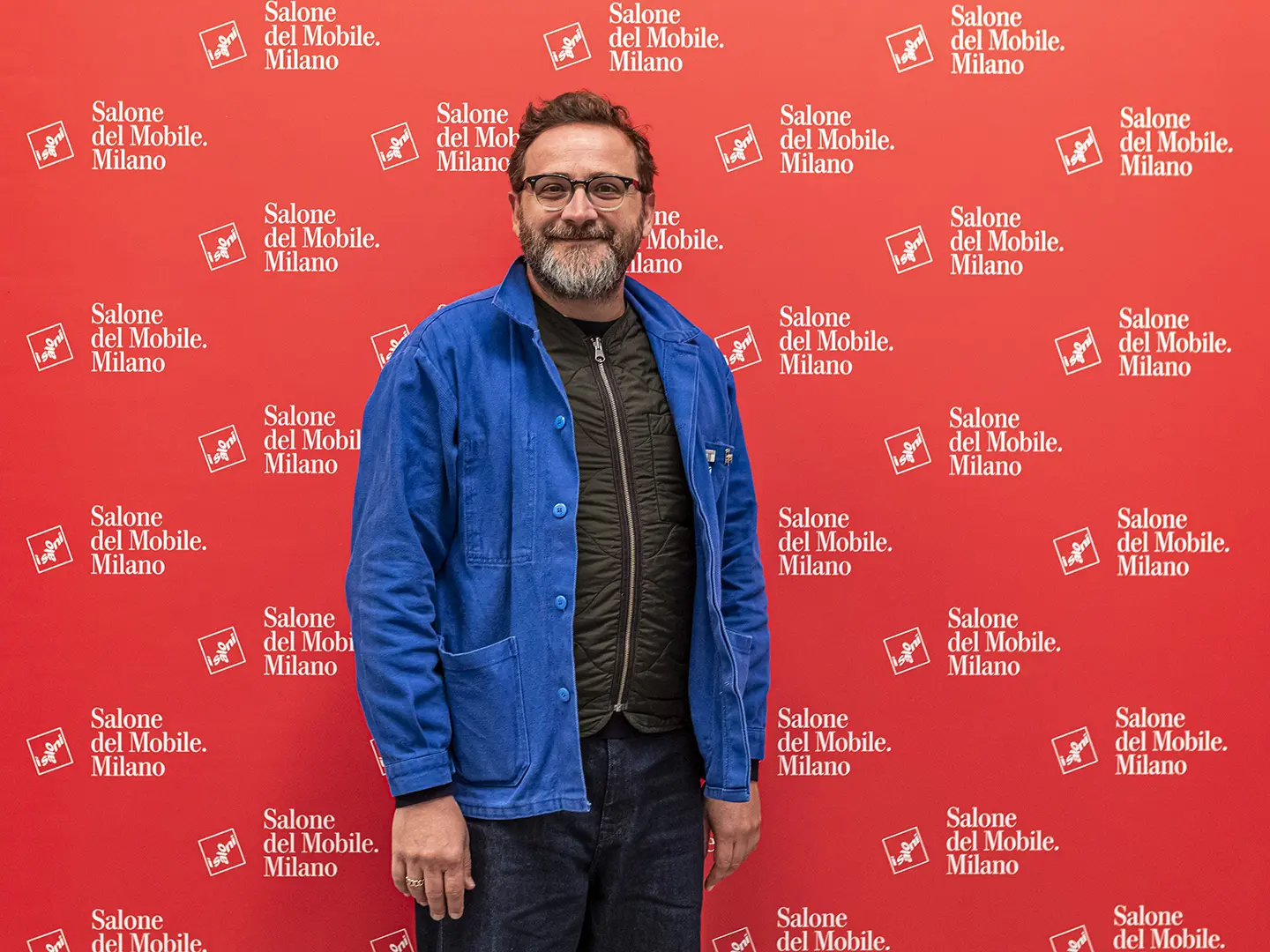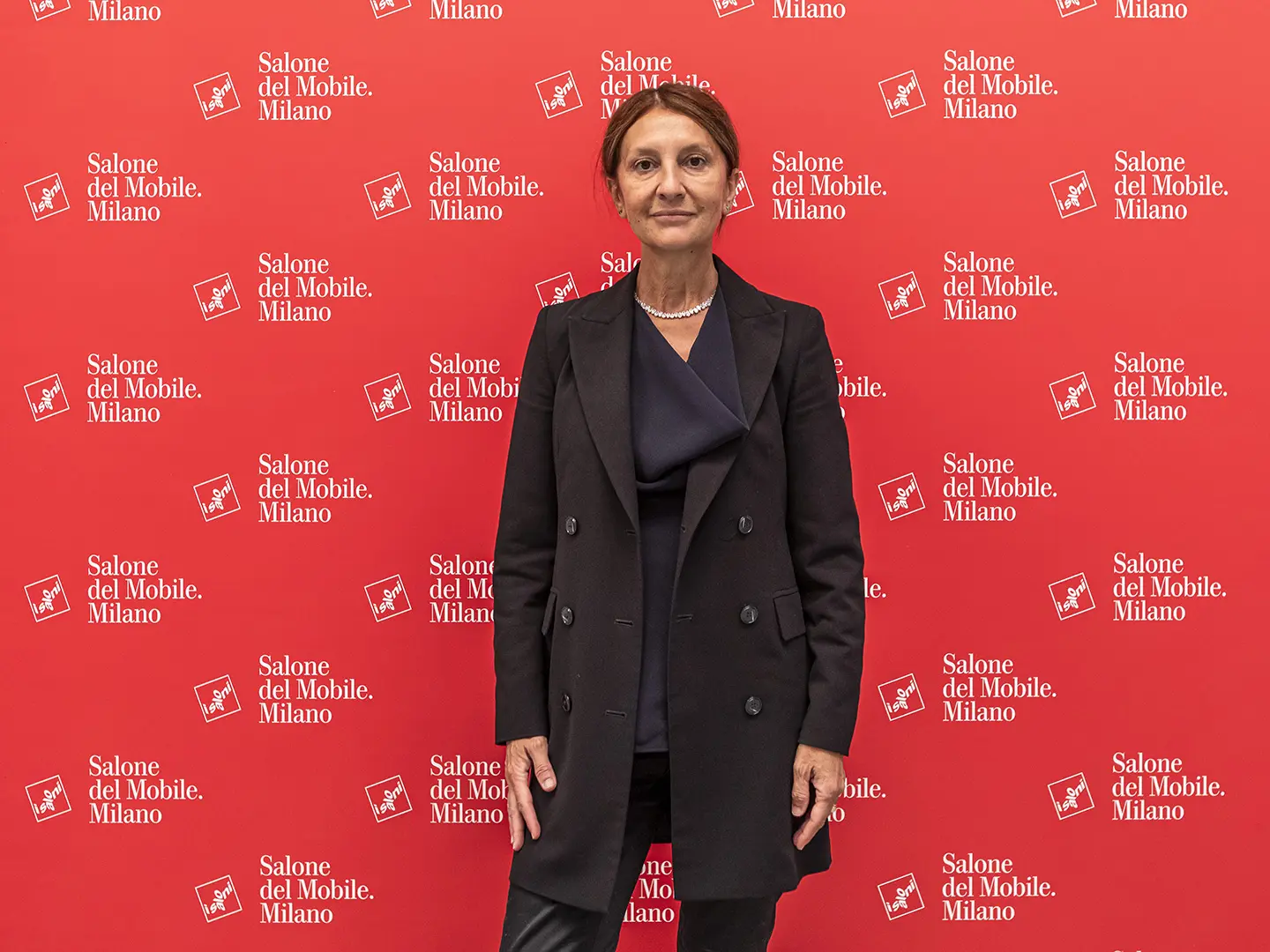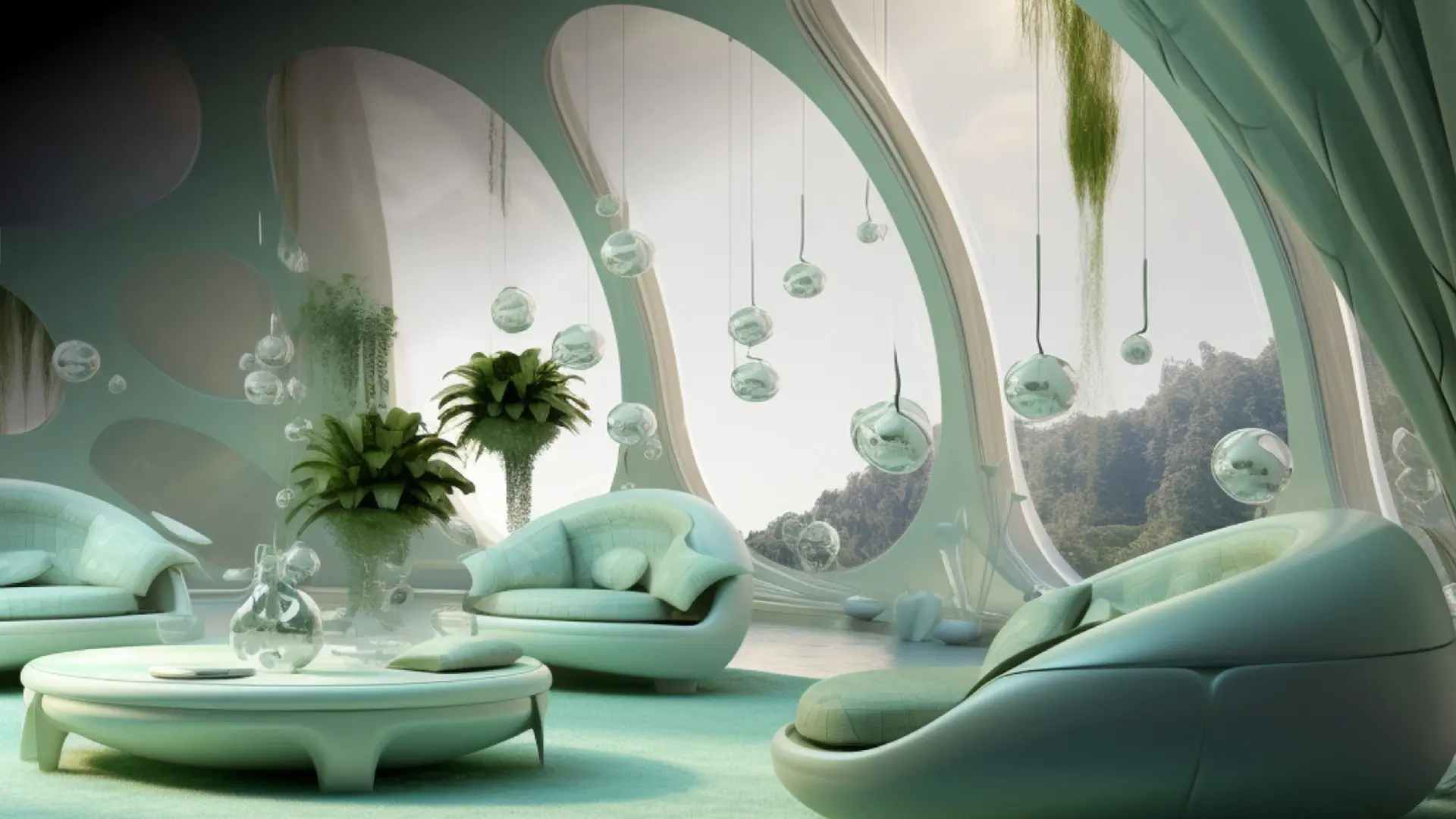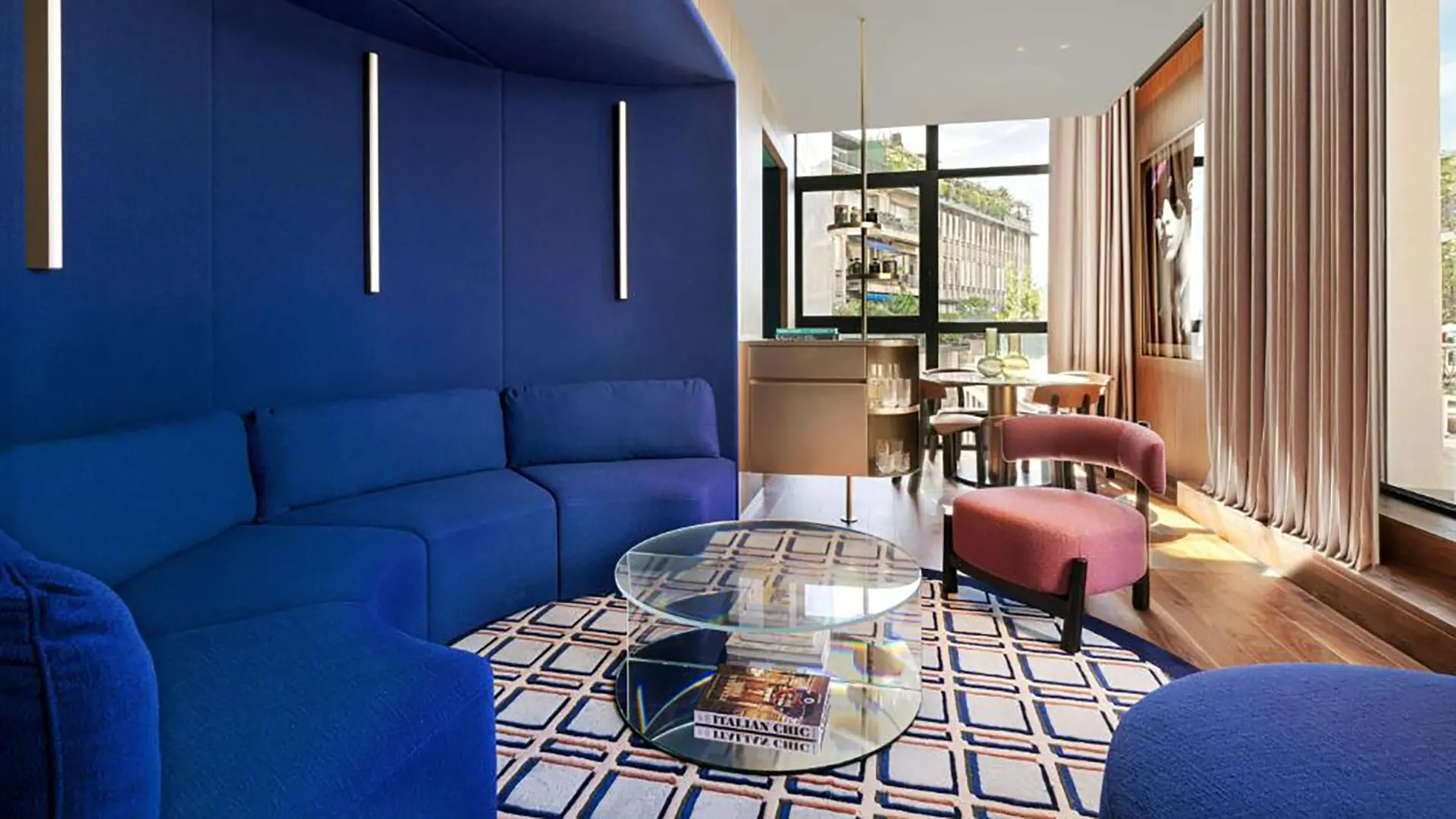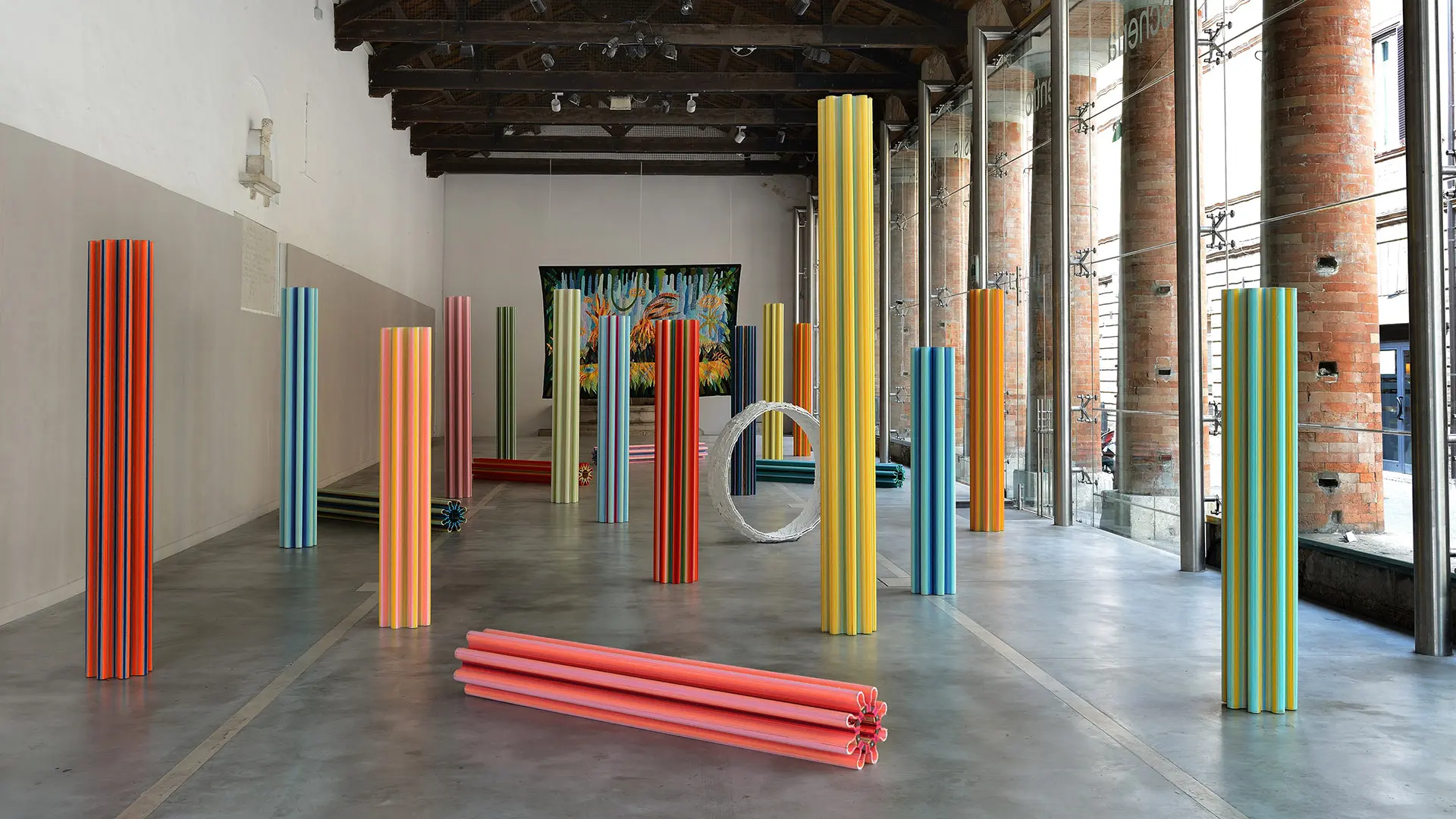From the Tokyo Design Awards, to the NY Product Design Awards & Architectural Design Awards, Best in Design, the NEB Trophy Design Competition, the Good Design Awards® and the Africa International Design Awards (AIDA), all the international news not to be missed in 2026
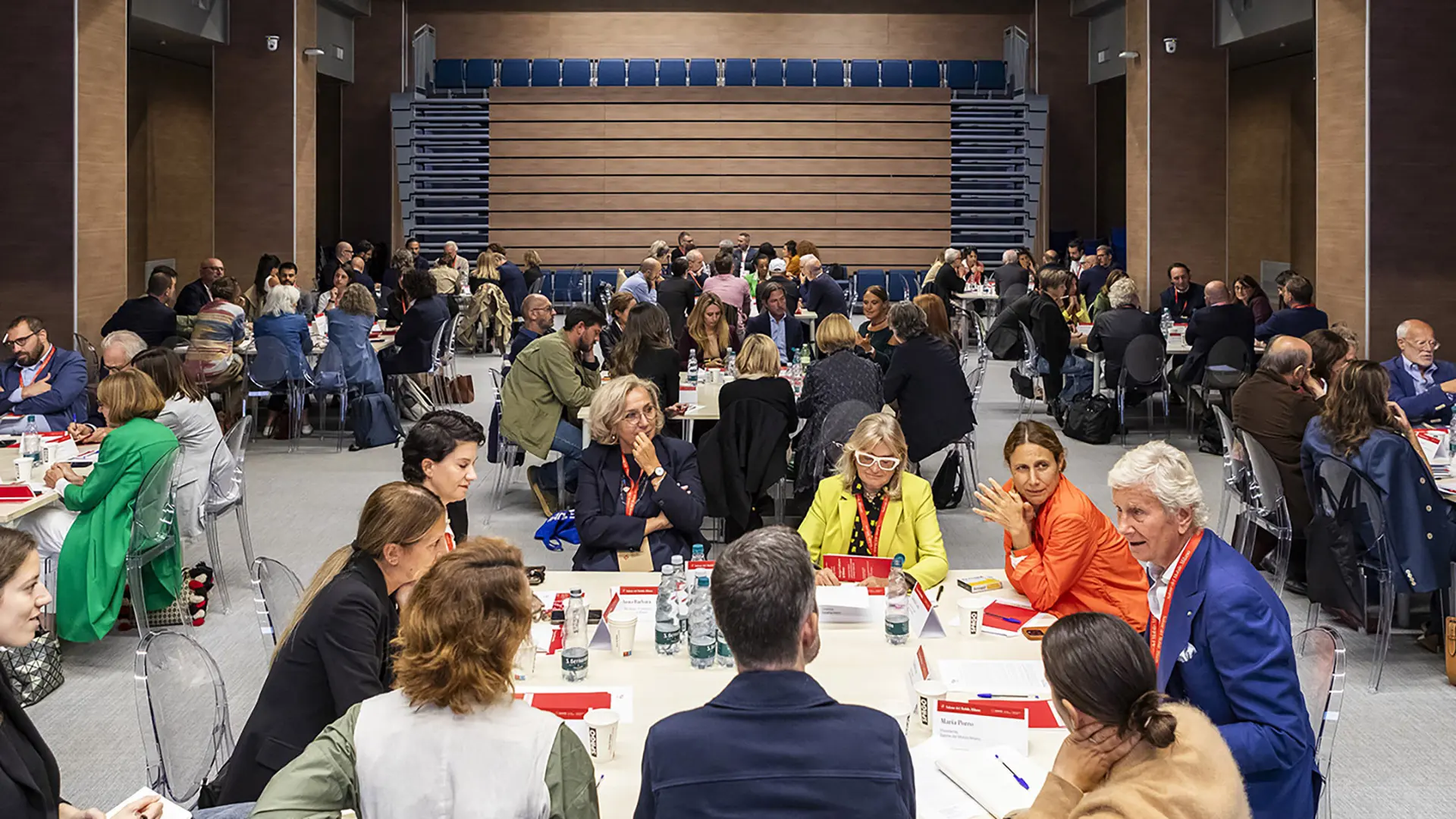
The Roundtables at the Milan Design (Eco) System 2025
Ten Thematic Tables, ten Content Leaders, with over a hundred stakeholders taking part. This was the 2025 edition of the encounter devoted to the research project measuring the impact and legacy of the Salone del Mobile and the events across the city
Milan Design (Eco) System is a research project initiated in 2024, conceived, curated, and promoted by the Salone del Mobile.Milano in collaboration with the Department of Design at the Politecnico di Milano. It aims at analysing the impact and future prospects of the event and the functions held across the city each year during the fair. After the first Annual Report, recently selected as part of the ADI Design Index 2025, a new phase began in September with the “Design Cultures @Milano” Rountables, dedicated to the cultural production of design in Milan.
The ten Thematic Tables, coordinated by as many Content Leaders, involved over 110 stakeholders including institutions, museums, foundations, professionals and researchers, to gather experiences, identify needs and trace common trajectories. The results will flow into the 2025 Annual Report, nurturing the Observatory on the Milanese design ecosystem. Here is a summary of the working day through interactions between the speakers and the participants.
Table 10 – Innovation networks between territorial ecosystems and design culture
Luciano Galimberti, President, ADI
“The idea of reasoning on the concept of ecosystem and of innovation networks was developed on two levels”, explained Luciano Galimberti. “On the one hand, the need to make the exchange of knowledge and interaction between innovation networks contiguous or internal to our ecosystem more effective. On the other hand, the question was asked about how to encourage an exchange with distant innovation networks, bringing new ideas and understanding design as a key to interpretation. In this second scenario, the role of institutions is fundamental, also in the search for economic elements of support. The importance of working on zoom in and zoom out also emerged, starting from a global vision and then delivering it to Milan, not vice versa”.
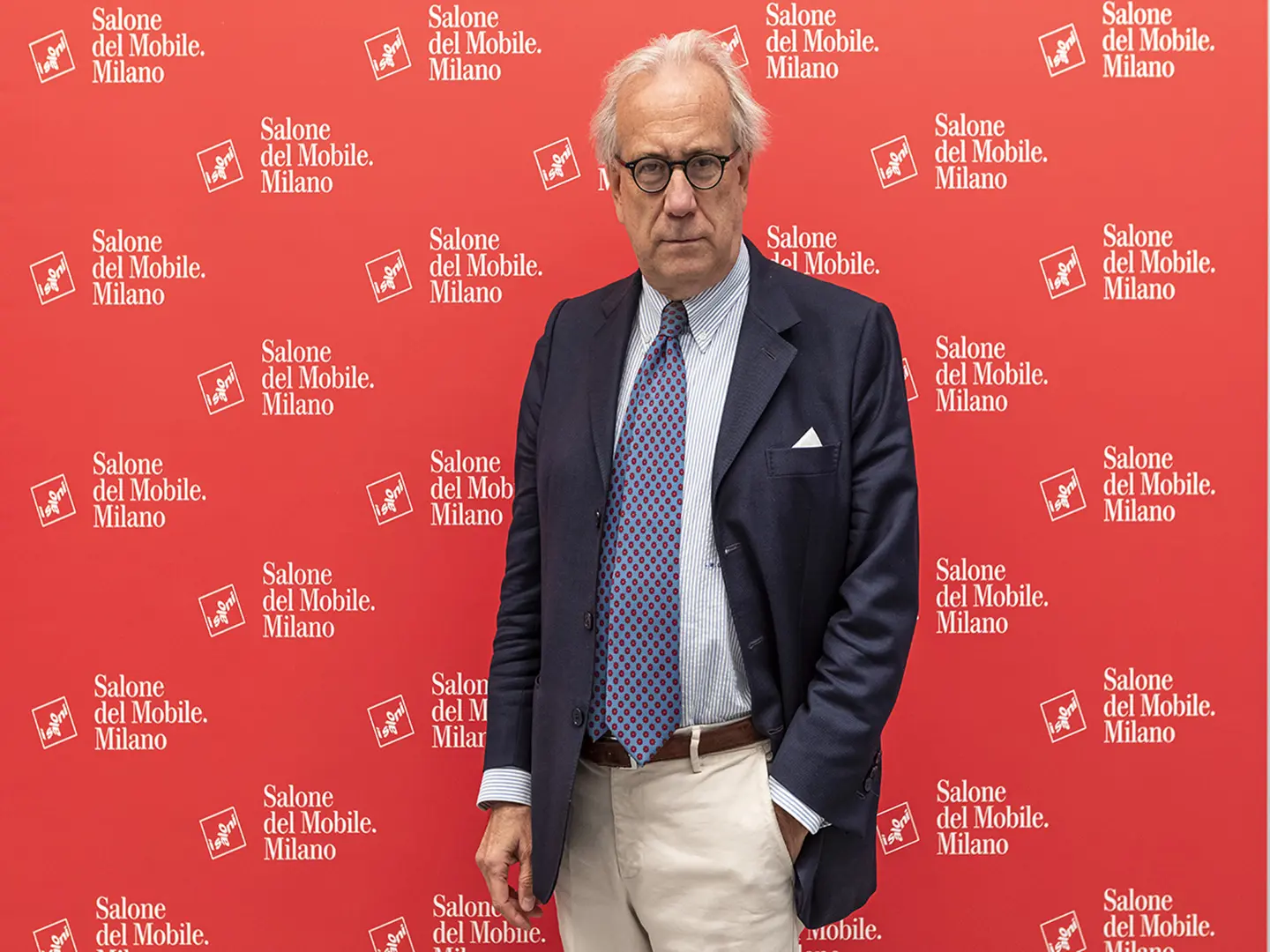
Luciano Galimberti, President, ADI
Table 9 – Design publics: behaviours and new modes of engagement
Andrea Rurale, Director of the Intensive Program of Arts Market and Finance and Monitor Art Market, Luigi Bocconi University
“The first element that emerged shows that there are already many resources for tracing the paths of people at the Salone del Mobile and in the city”, said Andrea Rurale. “The quantitative data are there, and the Region’s Tourism Observatory shows that this week generates a high peak in per capita spending compared to other weeks of the year. It has also been observed that two events – Salone del Mobile and Design Week – coexist with different types of publics. From several voices emerged the observation that the large number of visitors at the Fuorisalone generates a dispersive effect, and the theme of design does not always emerge in a qualitative way. Finally, the discussion focused on the relevance of design, combined with the need for constructive criticism by experts in the days following the event, to focus on what the Salone and FuoriSalone have offered in terms of the project and to bring out its qualitative value”.
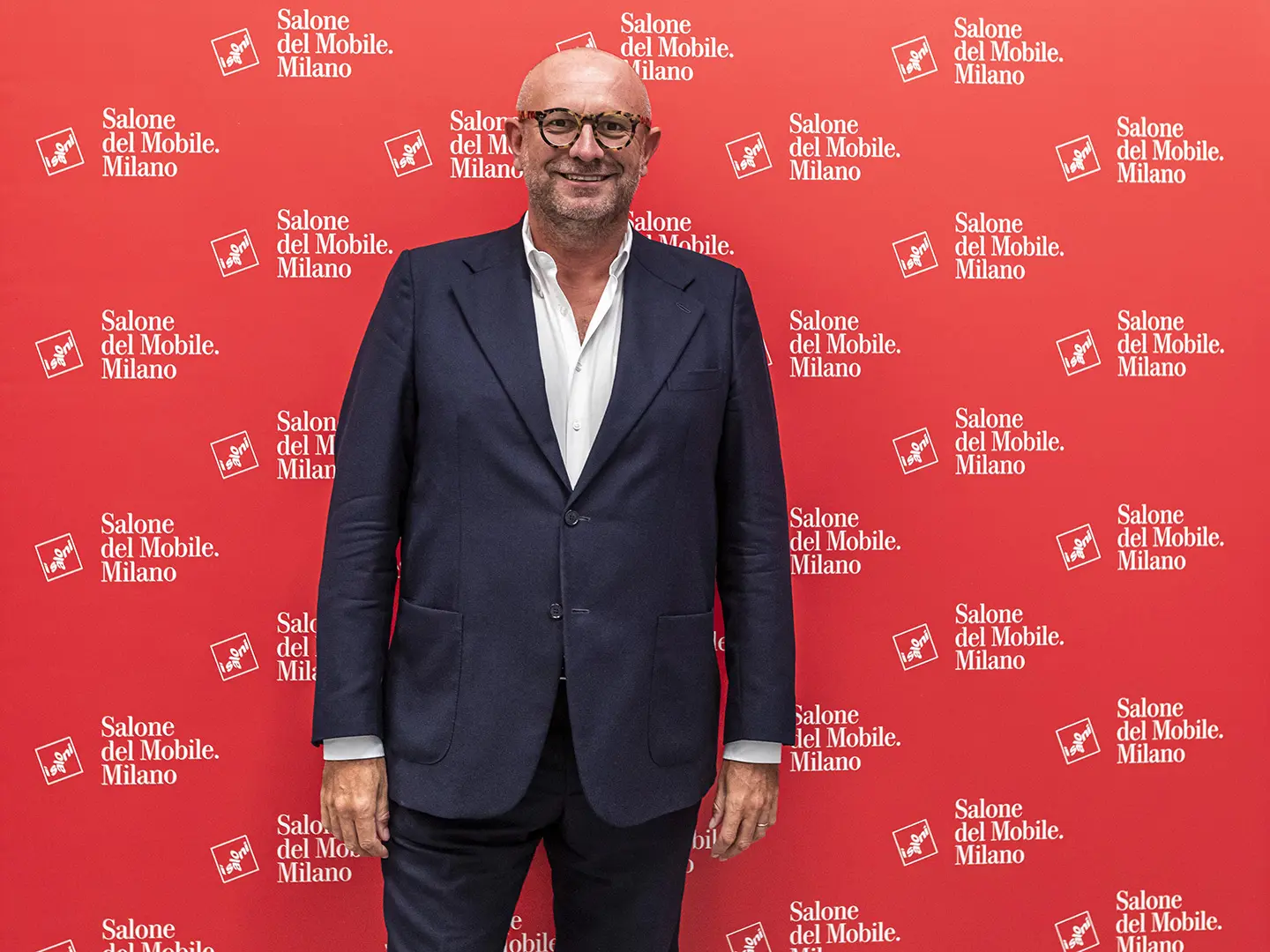
Andrea Rurale, Director of the Intensive Program of Arts Market and Finance and Monitor Art Market, Luigi Bocconi University
Table 8 – Culture as an asset for design-intensive creative industries
Annibale D’Elia, Director of Urban Economics, Fashion and Design, Department of Economic Development and Labour Policies, Municipality of Milan
“Culture and business form a successful combination”, Annibale D’Elia stressed. “The culture of the project acts as an accelerator for companies. The discussion was oriented towards a paradigm shift. The culture of the project is not only a value element, but a necessary element of competitiveness, a distinctive character. At the heart of this challenge is the concept of credibility, to be cultivated and nurtured. The discussion then delved into the interpretations of the sense of culture: culture as identity, because the culture of design has made us different; culture as memory, without resting on excellence; culture as a narrative, without becoming fossilized on the past; material culture, because those that produce are cultural enterprises; culture of transparency, because there is no hiding; culture of sustainability, because it must be beautiful, well made and if possible not toxic; culture of inclusion, as in the Design Kiosk of the Salone del Mobile.Milano in Piazza della Scala, which every year opens the event to everyone”.

Annibale D’Elia, Director of Urban Economics, Fashion and Design, Department of Economic Development and Labour Policies, Municipality of Milan
Table 7 – New narratives and the communication of design culture
Walter Mariotti, Editorial Director, Domus
“Rather than giving answers to the issue, the high-profile discussion was oriented, in the wake of Roland, in an attempt to reformulate the question”, explained Walter Mariotti. “On the one hand, it was interesting to explore the difference between information and communication, two categories that have become very close over time. On the other hand, the evolution of the video format was analysed, especially with respect to a young public, involved in the social dynamics of Design Week but not always participating in understanding the product. Another major theme addressed was that of education: in the value transmission chain there is a lack of a solid educational component and the absence of great masters is felt. A particularly positive point that emerged in the discussion was the ability of the Salone del Mobile to create a system, an element recognised as a central value for the future of design”.


 Stories
Stories


